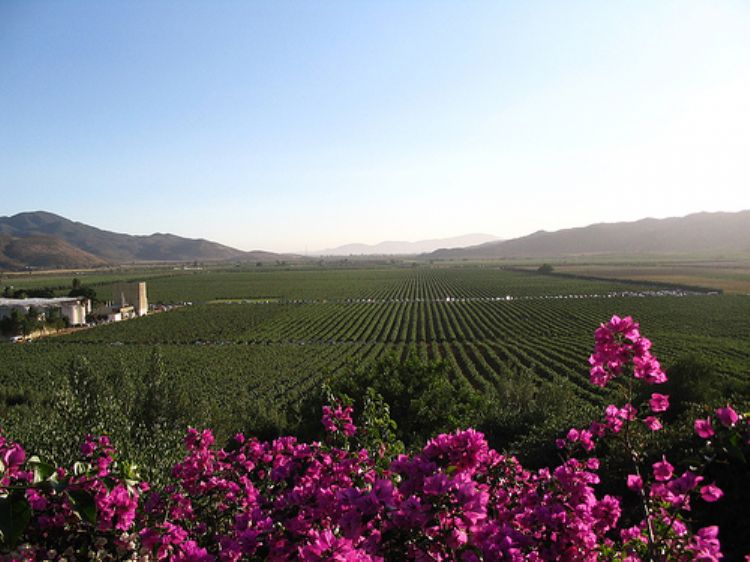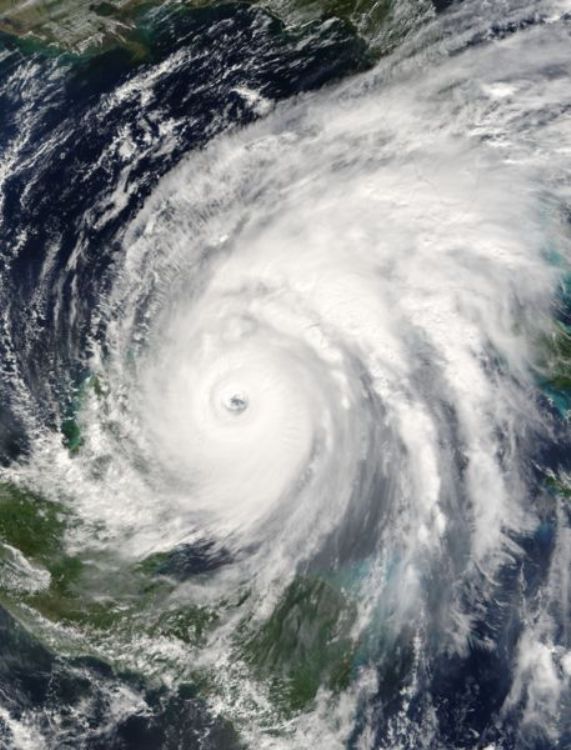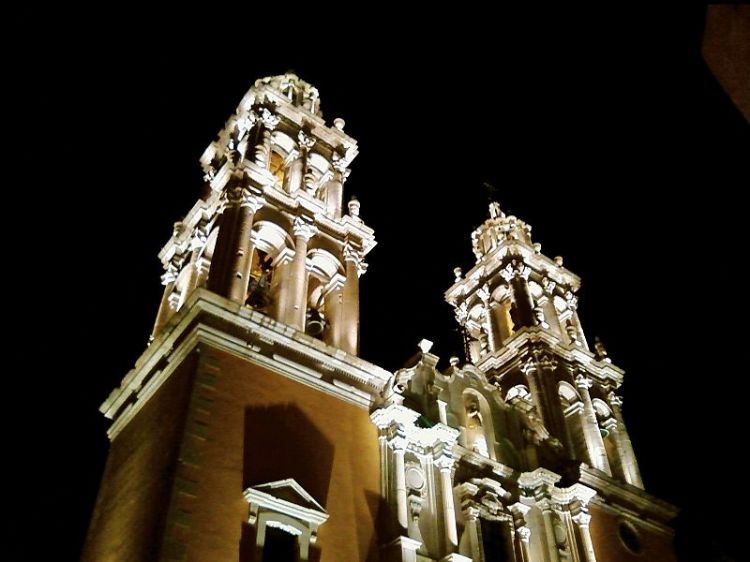The Vineyards and Wines of Mexico

During the pre-Columbian era in Mexico, Indians used grapes to produce a beverage mixed with fruits and honey, this drink is called acachul and is still produced in some parts of the country; however, Indians didnât know how to make wine.
During the conquest, the Spaniards needed wine as a fundamental part of their daily intake and missionaries required it for mass, for which they rapidly imported European grapes and developed its production in New Spain. They began in the areas surrounding Mexico City, capital of the viceroyalty, in Queretaro, Guanajuato and San Luis Potosi. Later, they used the fertile lands of Valle de Parras, Baja California and Sonora for their vineyards.
Jesuits grew grapes within their missions in Baja California and Franciscans did so in California. Friar Junipero de Serra established 21 missions from San Diego to Sonora; their wines were renowned for their quality throughout Mexico. The grape these missionaries farmed was called mission grape, today it is known as Creole.
Hernan Cortes, governor of New Spain, ordered in 1524 that every settler had to grow 1,000 feet of grapevines for every hundred Indians. In 1539, Captain Francisco de Urdiñola established the winery of Hacienda de Santa Maria de Parras, in Coahuila. After this great boom, the Spanish crown feared that wines from New Spain would compete against those produced in Spain, for which it prohibited vineyards in Mexico, although it permitted to continue using the existing vineyards. Missionaries refused to obey this decree and continued producing wines in New Spain, although in a much lower scale.
At the beginning of the XX century, wine production throughout the world was severely affected by political conflicts and wars, there was adulteration, fraud and over production. During that era, wine in Mexico also suffered difficulties because most of the vineyards were destroyed by phylloxera (plague that attacks the vines) and political conflicts. In 1920, Mexico started producing wines again but they had a very poor quality due to the lack of knowledge, the bad conditions of the equipment and poor variety selection.
Since 1970, Mexican wines improved thanks to the creation of wine associations, improved life quality, commercial efforts by great producers and the correct selection of grape varieties.
Wine intake per capita per year in Mexico was one third of a bottle during the 1970âs and now it is 200 milliliters, insignificant compared to the 62 liters in Italy, 58 in France and 45 in Spain. In 1987 twenty four million 750 milliliter bottles were sold in Mexico, 98% of these were produced nationally. Currently, 80% of Mexican grapes are used in wine production and sold nationally and internationally.
The grape varieties produced in Mexico are the red Pinot Noir, Cabernet Sauvignon, Merlot, Garnacha, Cariñena, Salvador, Alicante, Barbera, Zinfandel and Misión; plus the white Ungi Blanc, Chenin Blanc, Riesling, Palomino, Verdona, Feher-Zagos, Malaga and Colombard.
The Mexican industry currently offers 200 different types of wines, which have earned more than 300 international prizes and recognitions in the past 15 years.
Baja California
The wine production of Baja California is found from Mexicali to Ensenada, within an area known as the wine strip with a good influence of the sea winds. This regionâs climate favors optimal quality crops for its humid winters and dry warm summers.
The most important areas for vineyards are Valle de Guadalupe, Valle de San Antonio de las Minas and Valle de Calafia to the northeast of Ensenada, Valle de Santo Tomás and Valle de San Vicente to the south of Ensenada.
According to Emile Peynaud, Adviser of the Enology School of Burdeos in France, the Calafia vineyard is found 335 above sea lever and it is where the worldâs best grape varieties are gathered within a botanical collection.
Coahuila
This area has an extremely hot weather during the long summer with abrupt temperature changes during the short winter season.
The Domecq Company has two wineries in Coahuila, including the one in Ramos Arizpe, where this wineryâs processes first started.
Casa Vitivinícola Madero is found in the city of Parras de la Fuente, it was the first winery in Latin America, founded in 1597. The Wine Museum inside its former estate is open to the public. Casa Ferriño and Vinícola Vitali are in the municipality of Cuatro Ciénegas. Compañía Vinícola del Vergel was founded in 1943 and produces brandy and other young wines.
Aguascalientes
The wine producing regions in the state of Aguascalientes are Calvillo, Paredón and Los Romo. It is found in a vast valley between to mountain ranges. It is of moderate climate with rains during the summer and soil rich in soluble salts.
This is where La Bordaleza and Dinastía wineries are found. Casa Vitivinícola Leal de la Bordaleza has been dedicated to grape production for more than three decades. Its vineyards extend over 180 hectares 1820 above sea level, the right conditions for producing grapes that produce wines, brandy and grape concentrates.
Zacatecas
The wineries in the state of Zacatecas are in the regions of Ojo Caliente and Valle de la Macarena. Thanks to its climate conditions, it produces fine grape varieties rich in sugar and of rapid maturation.
This regionâs first winery was Bodegas del Altiplano, followed by Casa Cachola, founded in 1984.
Within the state, three thousand eight hundred hectares are dedicated to grape crops.
Querétaro
Within the wine zone of San Juan del Rio in Ezequiel Montes, Queretaro, is the area famous for the fertile land that produces excellent quality grapes. The climatic characteristics of the region are optimal for the vineyards, located 2,000 meters above sea level and with extreme conditions that vary from 25° C during the day to 0° C at night. There are two estates of important wine production within the municipality. One is Freixenet de Mexico, a producer of sparkling wine based in the ancestral Champenoise Method of fermentation in the bottle, discovered by Dom Perignon in the XVII century; it is open to tourists so they can learn about the wine producing process. The other is Compañía Vinícola Los Eucaliptos, producer of wine, sherry, brandy, amareto, rum, vinegar and sangrita. Vinos Hidalgo La Madrileña is a winery founded by a Spanish immigrant; it produces wines in its own wineries at San Juan del Rio.
Sonora
The wine producing regions in the state of Sonora are Hermosillo, Padre Kino Bay and Caborca. Its climate is of hot desert and scarce rain, making the use of watering systems crucial. Casa Pedro Domecq inaugurated the project Agro Industrial Sonora in 1993 for grape production.
Artículo Producido por el Equipo Editorial Explorando México.
Copyright Explorando México, Todos los Derechos Reservados.
Foto: Tj Scenes






